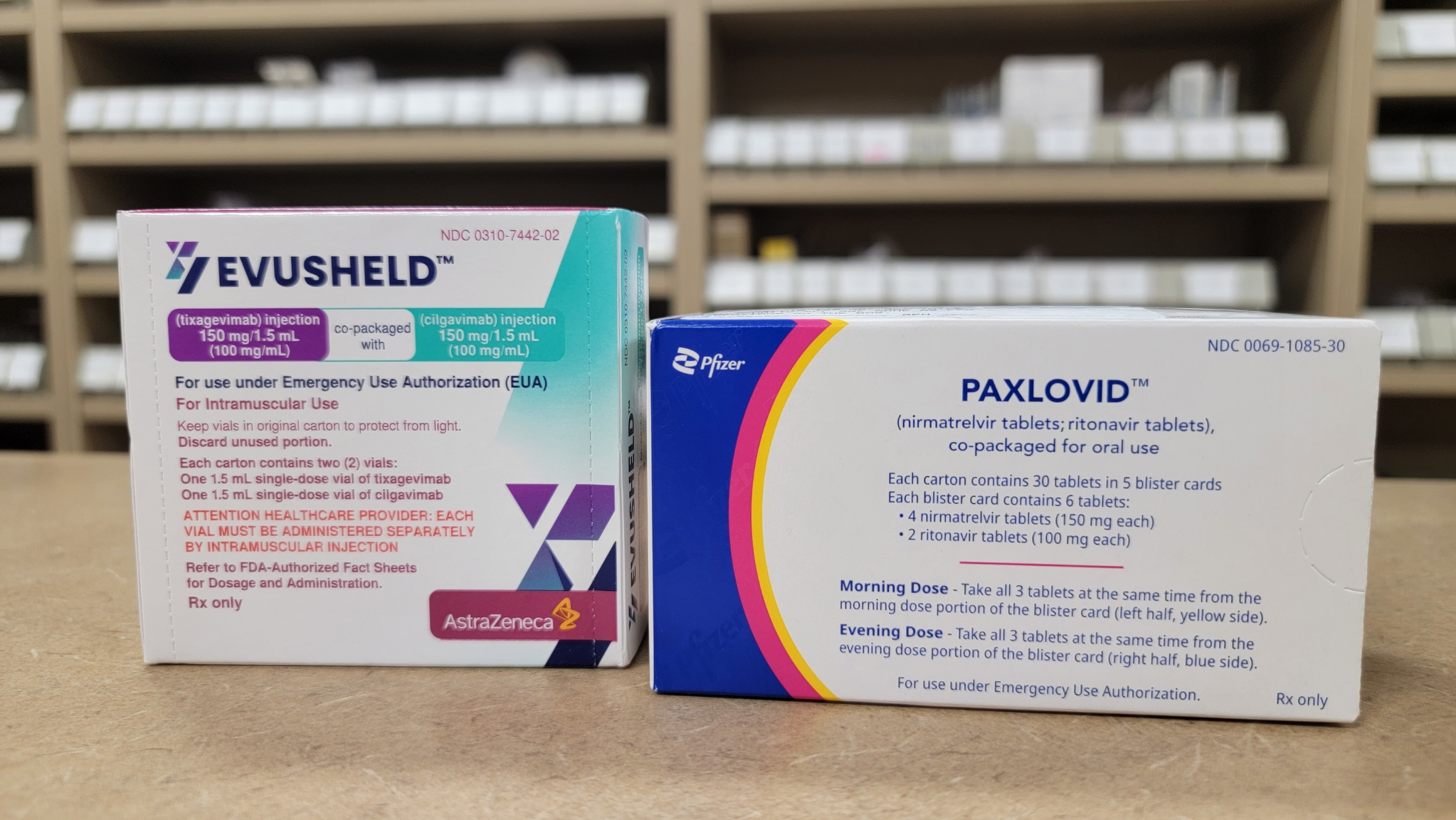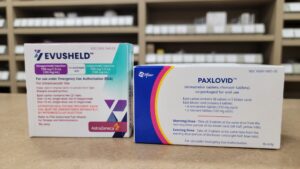
Dr. Josh White
Gifford Chief Medical Officer
The conversation about COVID-19 has changed quite a bit. Now, we’re talking about living with COVID-19, unlike a lot of the earlier messaging we had about the pandemic. It’s important to understand that we live in a different time and it’s a different virus now than just a couple of years ago.
The situation has changed and your thinking should change. The Omicron virus is quite a bit different than the initial COVID virus. When the pandemic first started, we talked about things like social distancing and masking. Basically, how to avoid the virus and not get sick. Unfortunately, in this day and age, that’s not going to happen anymore. The Omicron virus now, by some estimates, is the most infectious agent known to science, more so than measles. Unless you elect to buy a cabin and live in the woods in northern Alaska with no human interaction, you’re going to get exposure to COVID and probably get COVID. That’s just the world we live in. Declaring otherwise would be similar to declaring that I’m never going to get a cold again. That being said, the environment has changed markedly and there are a lot of reasons to be comfortable with that. Even though I’ve had COVID a couple of times and don’t particularly enjoy it, I’m not afraid of it anymore and neither should you.
The most significant difference is that we have several vaccines that are incredibly effective. If you look at the CDC’s website, the mortality in COVID is about 1.1% overall, which is a little bit high. But when you look at the individuals who have had the vaccine and boosters, the mortality is about 0.1 per 100,000 people every week, which is really low. As opposed to that, unvaccinated individuals account for about 1.71 per 100,000 people or about 17 times the risk of a boosted person. If you want to live in an environment where you’re at lower risk, you have the opportunity to get vaccinated and get the boosters. To put this into context, accordingly to Vermont DOT data on auto fatalities in the year 2020, the deaths per 100,000 Vermonters in one week was about 0.18. That’s almost twice as high as your risk from COVID. So, if you get in a car today, you should be about twice as concerned about that car ride as you should for COVID, if you’ve been boosted.
 If you do get COVID and it’s a worrisome situation because you’re older or have health care risks, there are things we can do about it. Some drugs effectively are modern scientific miracles. Paxlovid is the most common example. Many of you have probably had Paxlovid. It’s about 89% effective at reducing morbidity and mortality for people. That’s one of the most efficacious drugs that has ever been identified. There has been no antiviral that’s approached anywhere near that, including drugs like Tamiflu. So we have opportunities to do things to further reduce the risk.
If you do get COVID and it’s a worrisome situation because you’re older or have health care risks, there are things we can do about it. Some drugs effectively are modern scientific miracles. Paxlovid is the most common example. Many of you have probably had Paxlovid. It’s about 89% effective at reducing morbidity and mortality for people. That’s one of the most efficacious drugs that has ever been identified. There has been no antiviral that’s approached anywhere near that, including drugs like Tamiflu. So we have opportunities to do things to further reduce the risk.
Beyond that, we have monoclonal antibodies. The drug companies keep producing new monoclonal antibodies for the new versions of COVID. The one for Omicron is 98.6% efficacious at reducing the progression of the disease. If you are at high risk and get COVID, we can stop that disease with really high efficacy, more effective than almost any drug we have in the whole pharmacy.
Lastly, we’ve got Evusheld. Maybe you’re at higher risk and you can’t get the vaccine because you’re immunosuppressed and it won’t work or you have some sort of allergy. Evusheld can supplant the vaccine. It’s a shot that requires administration about every six months, but that gives people 83% protection against the development or progression of COVID.
We shouldn’t live in fear anymore and we can move past this. As a physician in the early stages of the pandemic, I didn’t know how much risk there was for my family and I didn’t know how I was going to take care of my patients. We all had concerns in the conversations we had and I contributed to putting fear into people’s hearts because I was worried too. Fortunately, we don’t live there anymore. With the holiday season coming, I encourage you to go see your family or have your family come to see you. Do the things that you used to do for the holidays. Those kinds of things are really important, particularly with the angst and stress in this post-COVID world that we all now live in. However, if something happens and you, unfortunately, come down with COVID, call your doctor. There are things that we can do about it.
Of course, if you already have that cough and fever, then don’t go see your family. Continue to be kind.
Viral situations in the community are spreading like wildfire through the population. It turns out, that over the last couple of years, social distancing and wearing masks were really, really effective at reducing the spread of viruses. We saw very few cases of illnesses such as influenza and RSV, which means almost nobody has the relative immunity that we used to experience every year with some percentage of the community having these diseases.
RSV is here already. Respiratory syncytial (sin-SISH-uhl) virus, or RSV, is a common respiratory virus that usually causes mild, cold-like symptoms. You may have heard stories about RSV patients filling up emergency departments. In general, kids are not sicker. This is not a more virulent version of RSV. It’s just that nobody’s got any immunity and so we’re seeing more cases. It could be a problem in terms of where to put patients, but we’re dealing with it. That’s true for all the other upper respiratory viruses. It’s also anticipated that it’s going to be true for influenza. The southern hemisphere experienced a particularly nasty influenza season, and that typically is predictive of what we get here in the Northern Hemisphere. So, I would strongly encourage you to get your flu shot. Do the best you can to protect yourself and your neighbors.
None of the diseases and viruses we’ve talked about here are fun to have and you don’t want them.

